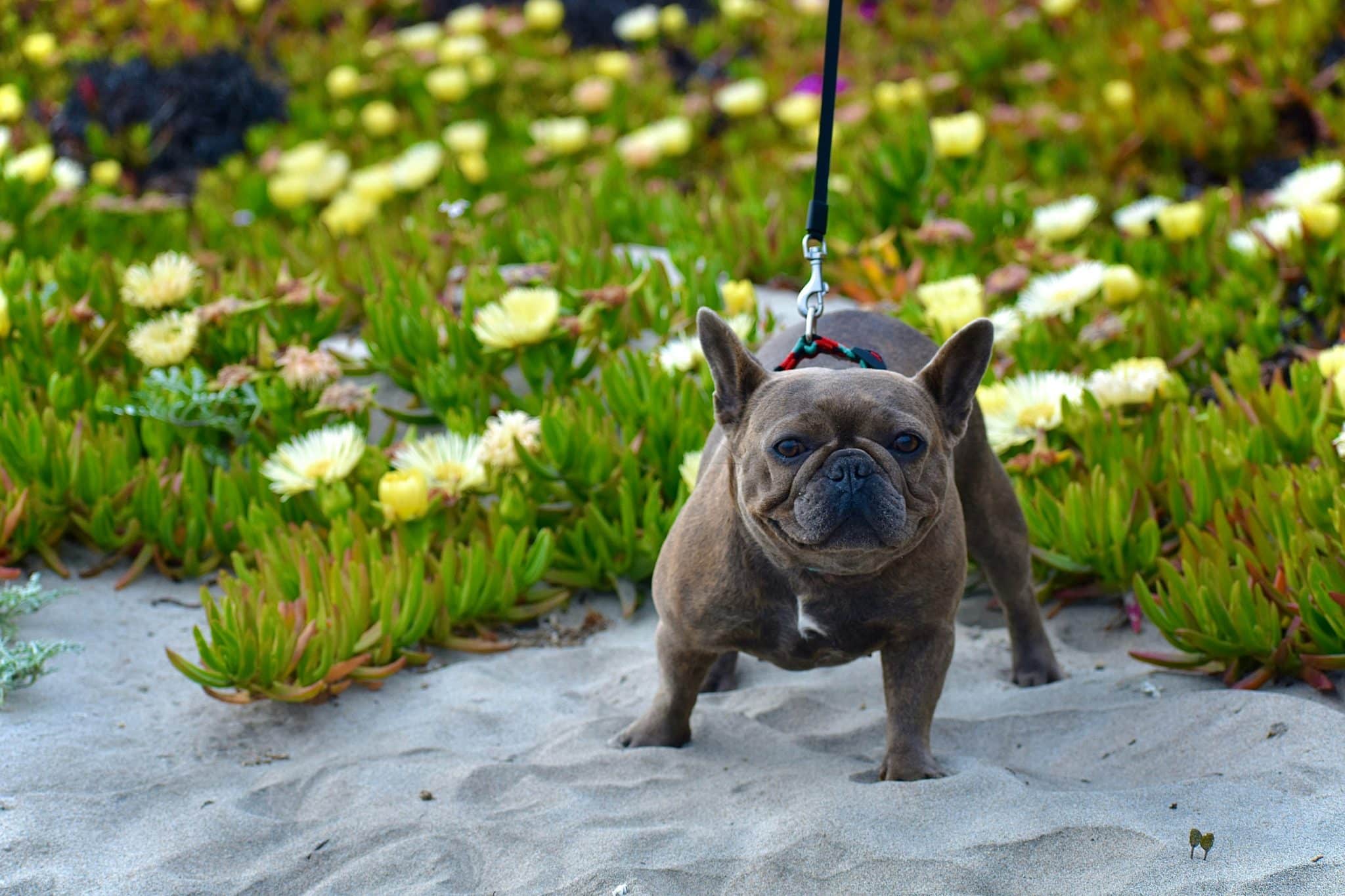 Shutterstock
Shutterstock
Regarding artistic inspiration, dogs have been iconic muses long before Instagram existed. From Renaissance classics to modern pop art, certain breeds have charmed their way onto the world’s most famous canvases. Whether representing loyalty, nobility, or just showing off their fabulous fluff, these canine legends have posed proudly through centuries of brushstrokes. They’ve snuck into masterpieces, stolen the spotlight, and proven that while cats may dominate the internet, dogs have always reigned supreme in the world of fine art.
Greyhound
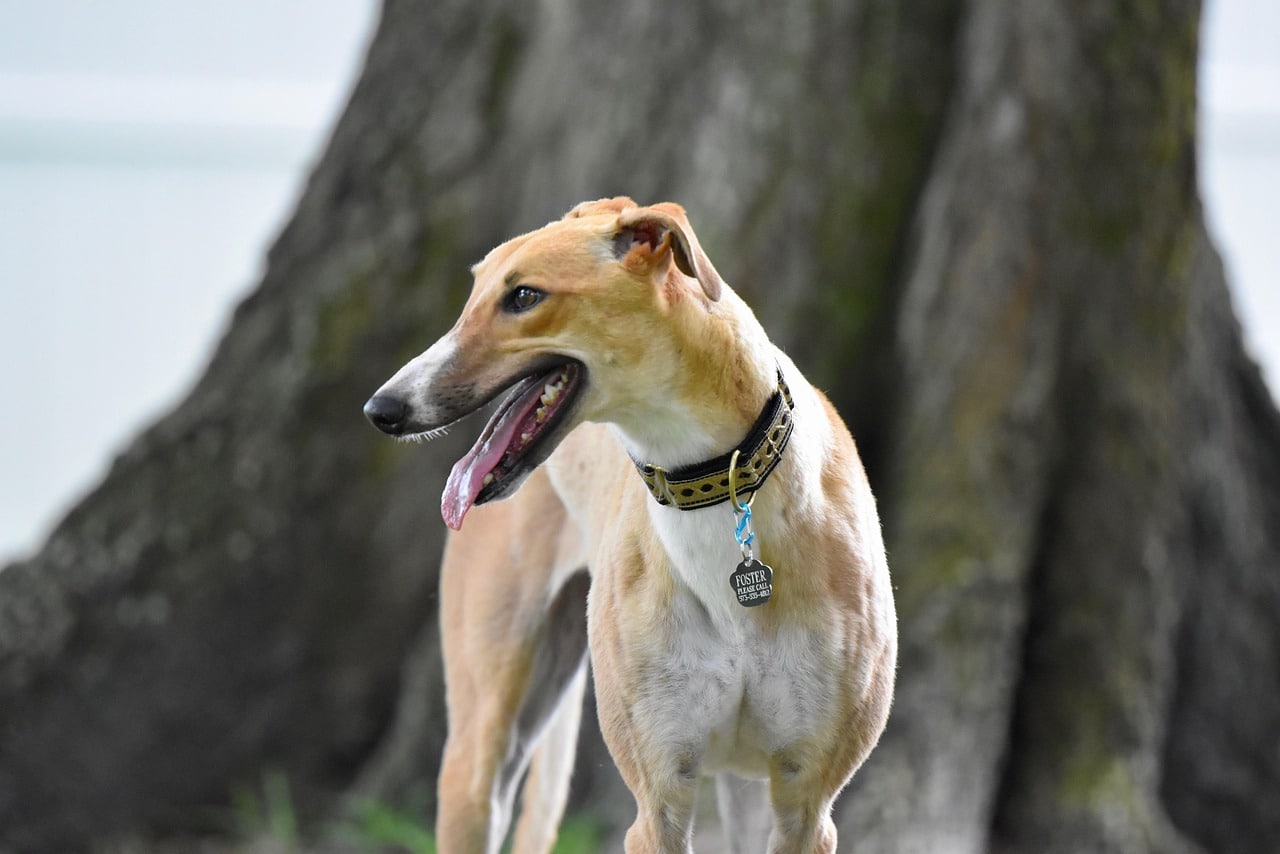 Shutterstock
Shutterstock
Elegant, lean, and practically born to pose, the Greyhound was a favorite of Renaissance and Baroque artists. Their long limbs and regal bearing made them perfect symbols of grace and sophistication, especially in portraits of nobility. Titian, Van Dyck, and other masters frequently painted Greyhounds lounging next to royals like they owned half the estate (and, honestly, they probably did). These dogs weren’t just pets—they were fashion accessories with fur. If Greyhounds had business cards back then, they would’ve said “Professional Muses Since the 1500s.”
Pug
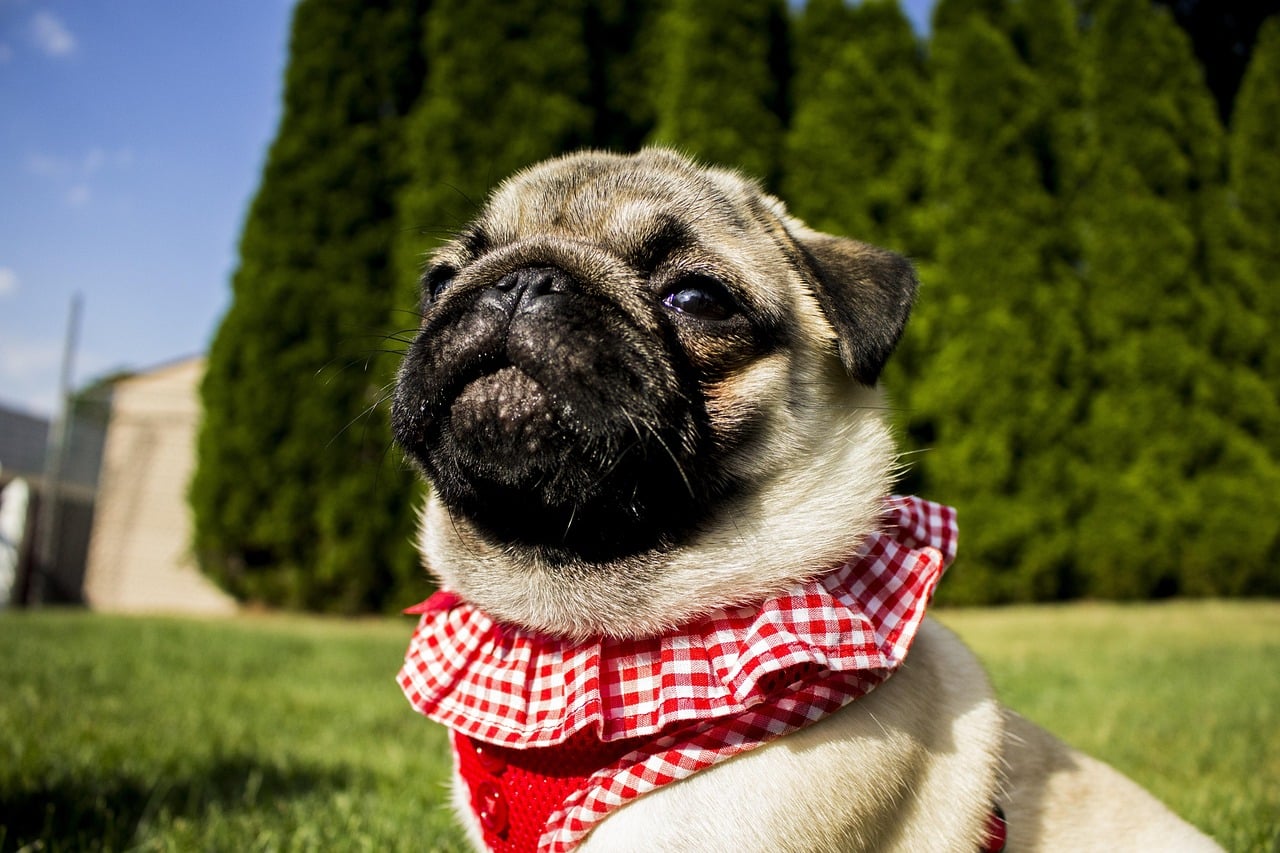 Shutterstock
Shutterstock
Tiny in size but massive in personality, the Pug charmed its way into European court paintings, especially during the 17th and 18th centuries. Often seen snuggled in the laps of aristocratic ladies, Pugs symbolized wealth, indulgence, and a flair for the dramatic. William Hogarth, the English painter, was so enamored with his own Pug, Trump, that he included him in several of his works—basically inventing the “dogfluencer” selfie centuries ahead of time. Their wrinkly faces and confident waddle made them an irresistible addition to any composition. Honestly, it’s hard to paint a scene of decadence without a Pug’s judging stare in the corner.
Dachshund
 Shutterstock
Shutterstock
Artists have long favored Dachshunds for their quirky charm and instantly recognizable silhouette. Pablo Picasso was famously obsessed with his Dachshund, Lump, who wasn’t just a pet—he was a muse, a sidekick, and possibly Picasso’s fur-covered alter ego. Lump even appears in reinterpretations of Picasso’s works, including those inspired by Velázquez’s Las Meninas. The breed’s long body and expressive eyes gave artists plenty to work with, visually and emotionally.
Borzoi
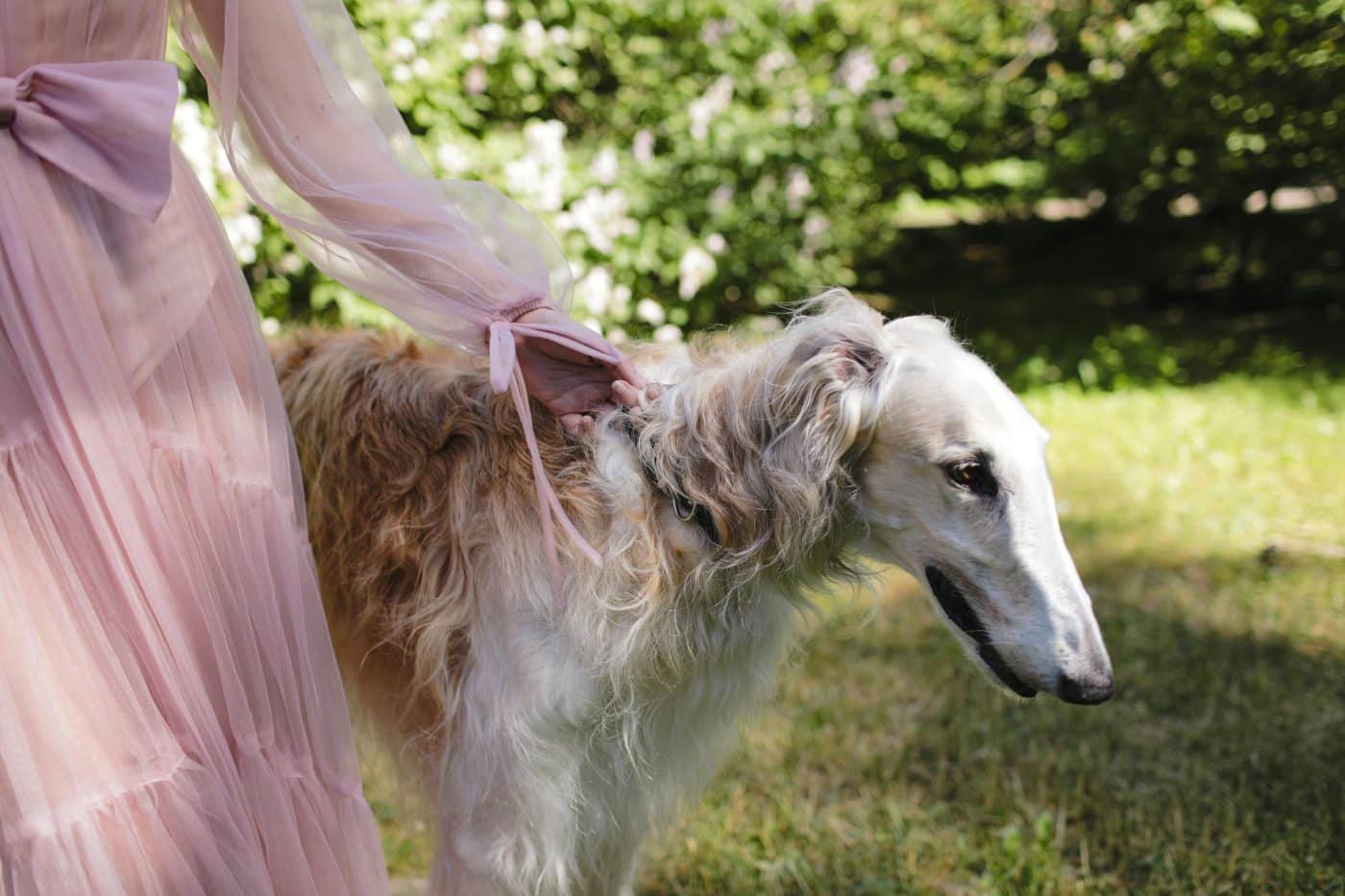 Shutterstock
Shutterstock
The Borzoi, formerly known as the Russian Wolfhound, is basically the runway model of the dog world—and artists knew it. Their flowing coats, slender frames, and dramatic profiles made them popular in Art Deco and Art Nouveau pieces. They were especially loved by painters like George Barbier and featured prominently in fashion illustration during the early 20th century. Often paired with elegant women and sweeping gowns, Borzois screamed high-society glam. If any dog breed were to accidentally star in a perfume ad, it would be this one.
Scottish Terrier
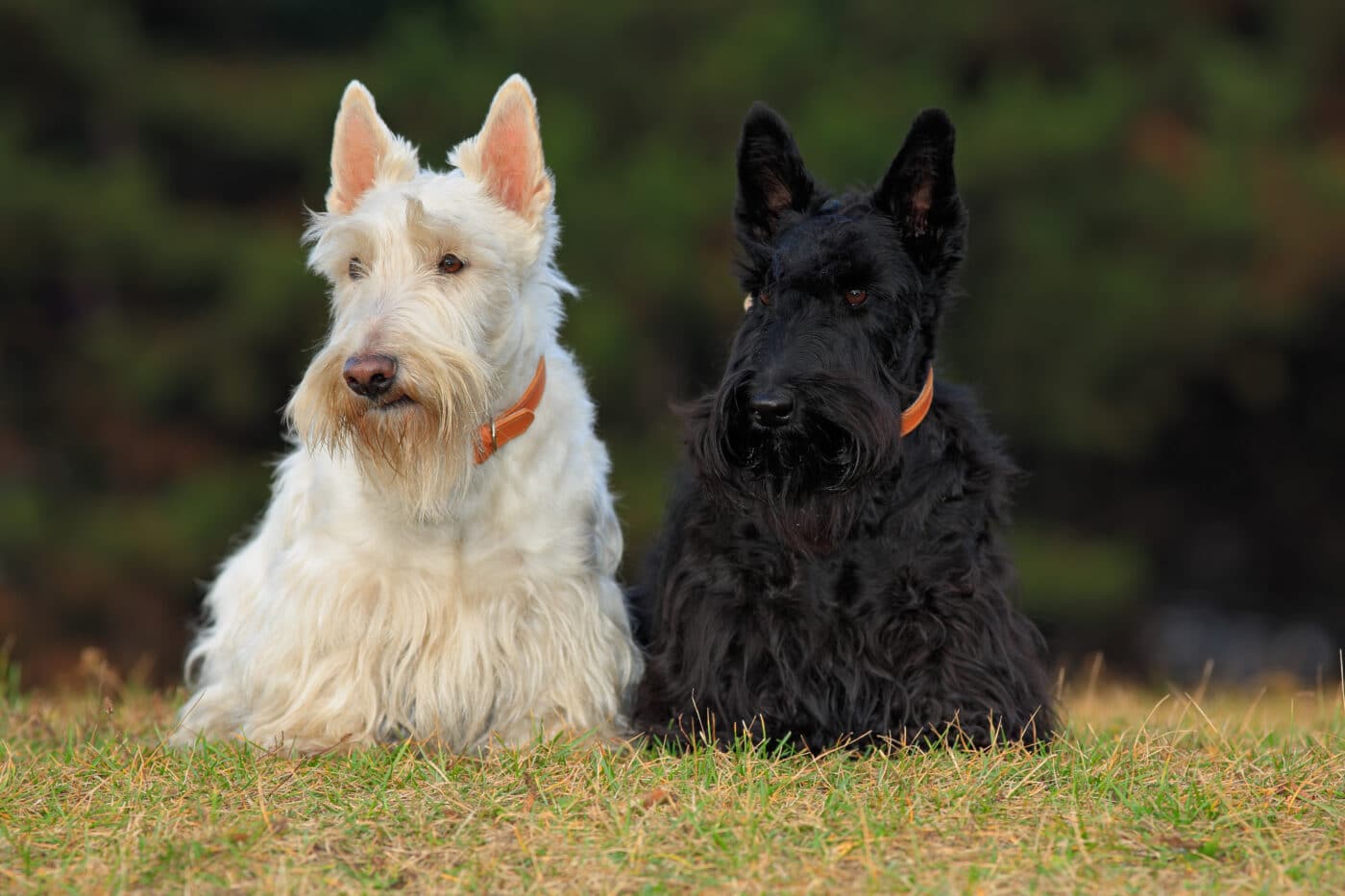 Shutterstock
Shutterstock
Few breeds have been immortalized in as many iconic advertising and fine art images as the Scottish Terrier. With their bold silhouette and dignified stance, Scotties became pop culture royalty—appearing in everything from wartime posters to mid-century kitchenware. President Franklin D. Roosevelt’s Scottie Fala was frequently photographed and painted, symbolizing American resolve. Their bearded little faces and serious expressions gave artists an expressive contrast to more flowy, romantic breeds. You could paint them in a tuxedo, and no one would question it.
Whippet
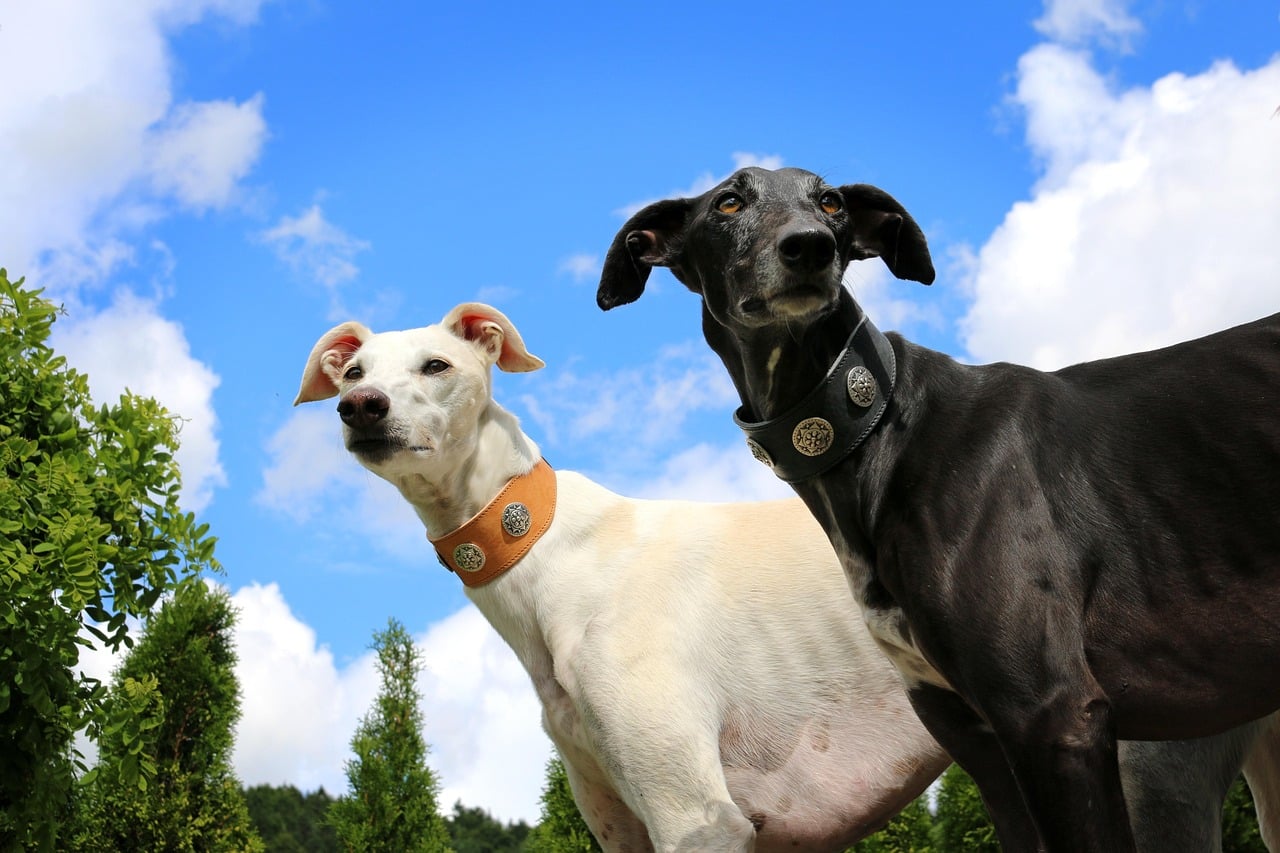 Shutterstock
Shutterstock
A close cousin to the Greyhound, the Whippet offered artists the same elegance in a slightly more compact frame. Often featured in English sporting paintings of the 18th and 19th centuries, Whippets symbolized speed, agility, and upper-class leisure. Artists like George Stubbs captured their form in motion with unmatched detail, showcasing their athletic builds and poised demeanor. Whether frozen mid-sprint or lounging by a fireplace, Whippets always looked like they belonged in a gilded frame. They’re the kind of dogs that could win a race and a beauty pageant on the same day.
French Bulldog
 Shutterstock
Shutterstock
With their bat ears and perpetually unimpressed expressions, French Bulldogs became art darlings in the late 19th and early 20th centuries, especially in Paris. Toulouse-Lautrec, famous for capturing the bohemian energy of Montmartre, often included Frenchies in his illustrations and posters. Their compact size and quirky vibe made them a perfect mascot for the café culture of the time. While everyone else at the table wore a beret and smoked clove cigarettes, the French Bulldog stared into the existential void—and made it fashion. They were practically made for modern art movements.
Spaniels (King Charles & Cocker)
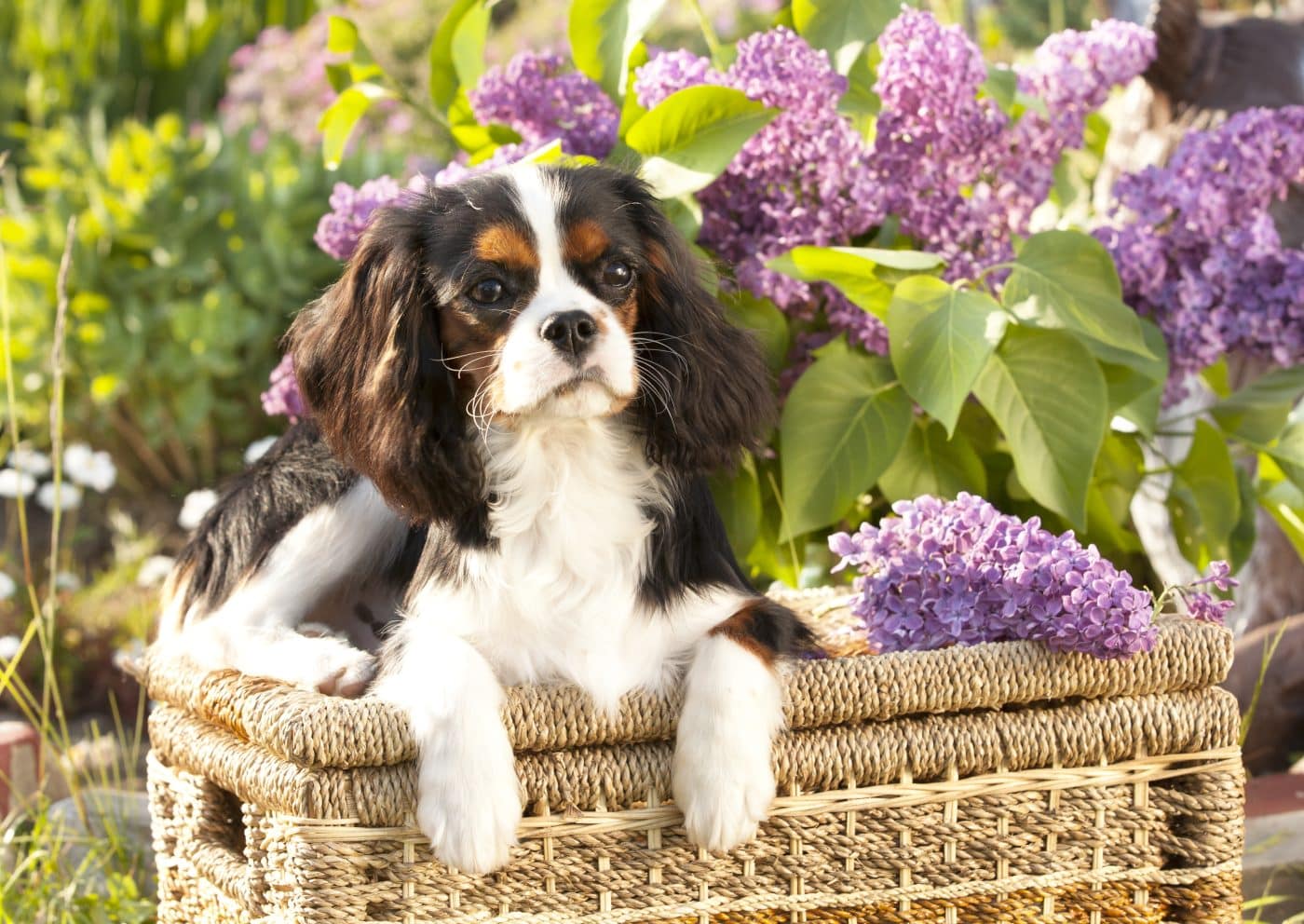 Shutterstock
Shutterstock
Spaniels were the go-to dog for emotional depth and visual softness, from royal portraits to romantic countryside scenes. Frequently featured in paintings during the Baroque and Rococo periods, their long ears and expressive eyes allowed artists to convey sentiment, loyalty, and luxurious texture. Spaniels weren’t just loyal companions; they were emotional support fluff before it was trendy. King Charles II loved them so much that the Cavalier King Charles Spaniel was named in his honor, cementing their spot in both historical and artistic royalty. It’s hard not to look at a painting with a Spaniel and feel like someone’s cutting onions nearby.
Bulldog
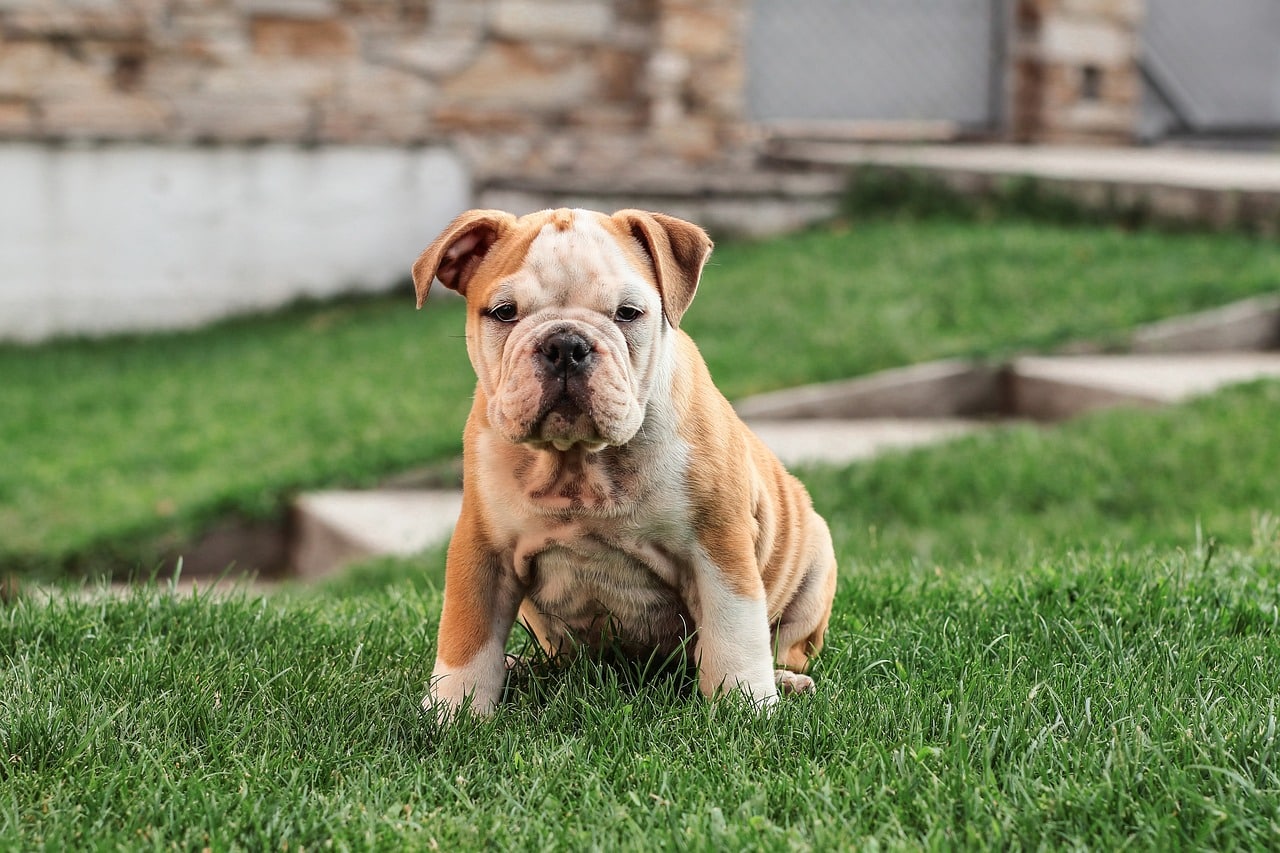 Shutterstock
Shutterstock
Last but never least, the Bulldog made its artistic statement not through elegance, but sheer iconic presence. Their sturdy builds and wrinkly faces were immortalized in wartime propaganda art, political cartoons, and modern street murals. Representing determination, loyalty, and a little bit of adorable stubbornness, Bulldogs have been used symbolically for everything from national pride to comic relief. Winston Churchill was even compared to a Bulldog, which might be the only time a comparison to a dog was considered a compliment. These dogs don’t just sit for paintings—they stare you down like they own the frame.
The Bark-Brush Icons of Art History
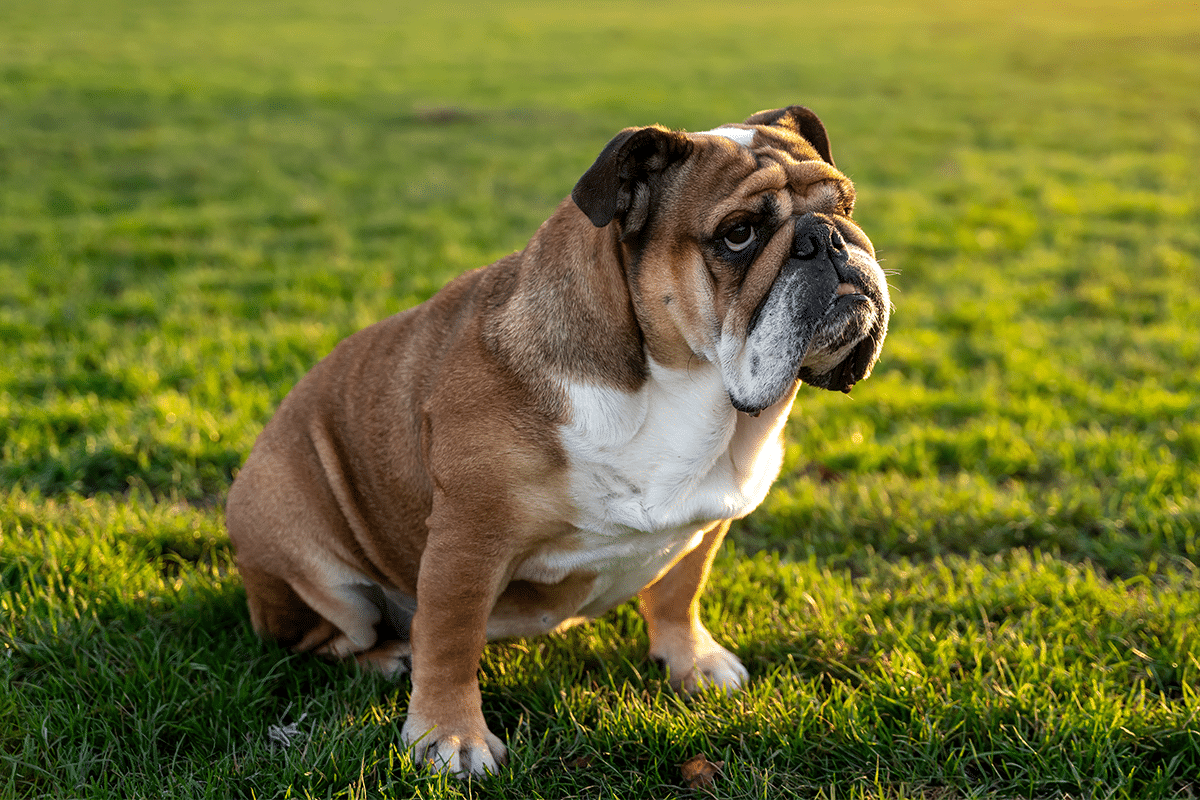 Shutterstock
Shutterstock
These dog breeds didn’t just sneak into history—they owned their spot on the canvas like true pros. From lounging with royalty to striking dramatic poses for famous painters, they knew how to bring the flair. So, when your pup stares pensively out the window or photobombs your Zoom call, remember—they could be tapping into centuries of artistic greatness. With the right lighting and a little imagination, they might not end up in the Louvre, but they’ll definitely make it to the most exclusive gallery of all: your fridge door.
 Toledo, United States.
Toledo, United States.
